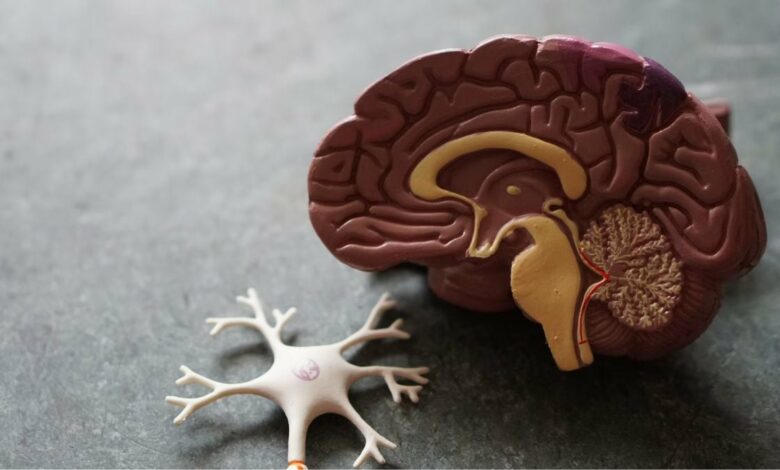COVID-19 virus may be responsible for increased risk of brain infection

A recent study has revealed that SARS-CoV-2, the virus responsible for the COVID-19 pandemic, may use an unexpected method to infect the brain. Researchers found that mutations in the virus’s spike protein allow it to enter brain cells through a “back door,” a process that could explain the neurological symptoms seen in some COVID-19 patients. These findings come from research on genetically engineered mice and could provide insights into how the virus affects the brain.
The role of spike protein mutations
The studypublished in the journal Nature Microbiology, targeted a specific part of the spike protein, the furin cleavage site. This site usually helps the virus enter cells through the “front door,” by binding to ACE2 receptors on the cell surface. However, when this site is mutated or deleted, the virus is forced to use a different route, the “back door,” to enter cells.
This alternative pathway appears to be more efficient for the virus to infect brain cells, which could explain why some COVID-19 patients experience neurological problems such as brain fog, dizziness, and memory problems.
Research results in mice
Researchers conducted experiments on mice that had been genetically modified to produce human ACE2 receptors, which the virus targets to enter cells. After infecting these mice with SARS-CoV-2, the scientists analyzed the viral genome from both lung and brain tissue. The results showed that the virus was able to enter cells with the furin cleavage site mutation was more successful in infecting brain cells, particularly in areas associated with memory and movement, such as the hippocampus and premotor cortex.
Implications for human health
While these findings are significant, it is important to note that the study was conducted in mice, and further research is needed to determine whether the same mechanisms apply to humans. Judd Hultquist, the study’s co-author, told Live Science said scientists are keen to investigate why these mutations make the virus more susceptible to entering the brain. Understanding this process could be crucial for developing treatments that target the neurological effects of COVID-19.
Future research and possible treatments
The study opens the door to new possibilities for treating the impact of COVID-19 on the brain. By identifying the path the virus uses to infect brain cells, researchers hope to develop drugs that can block this route. Such treatments could be especially useful in preventing long-term neurological complications associated with the virus. However, much work remains to be done to translate these findings into effective therapies for human patients.




